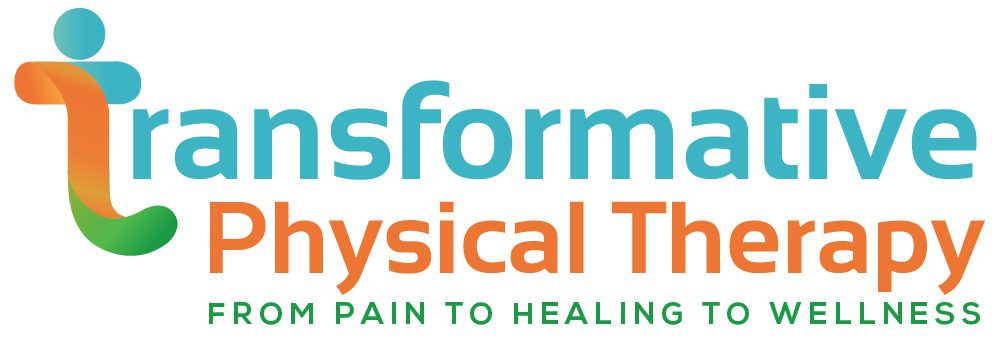How’s your balance? Have you ever thought that walking is a balance exercise? Only about 11% of the time spent walking is on both feet.1 And, if you like to run, airtime means even less time on both feet. Add to that fact, as we age our balance decreases. In a study that examined 549 participants standing on one leg, with arms crossed at the chest, lifting the other foot off the floor towards the supporting ankle.2 They found the following results:
| Age | Seconds |
| 18-39 | 44.7 |
| 40-49 | 41.9 |
| 50-59 | 41.2 |
| 60-69 | 32.1 |
| 70-79 | 21.5 |
| 80-89 | 9.4 |
Age range Seconds
How do you score? Is it time to transform your balance?
First, get in a neutral standing posture. (You may find it helpful to review, “Stand up and be Transformed”, 3-30-19. You may also check out the Transformative Physical Therapy You Tube video, “Standing Posture”).
Let’s start with standing on the left leg and break it down.
Don’t look down. Focus your eyes on an object straight ahead. Balance is much more difficult if you are looking down at your feet.
Shift your weight. Shift your weight to the left, without shifting your hip past your foot. Raise your left arm overhead, close to your ear, keeping your elbow straight. Make sure not to hike your shoulder up toward your ear. If it feels hiked, simply move it out a little away from your ear and let your shoulder relax. You should also feel your shoulder blade tip into the ribcage.
Elongate the weight bearing side. As your shoulder moves up and back, your pelvis stays tipped slightly forward, with weight more on the ball of your foot and your low back stays still. Regardless of any activity, if you are putting more weight on one side, your shoulder will be slightly higher and your pelvis slightly lower than the other side. This is an important concept you will hear frequently. This elongation is primarily due to the rib cage opening and increased breathing from the diaphragm on that side. This primes your core muscles to turn on, increasing your stabilization. Greater stabilization means greater balance.
Lift your foot. First unload your right heel, lifting it off the floor and keeping your toe down. Next, try to keep your knees even and lift your toe right off the floor. The trick here is the low back must stay still. If the curve in your spine increases, your abdomen juts forward or you feel your back muscles tighten, set your foot down and move the knee in front of the standing. As you progress you will be able to move the knee back moving only from the hip, not the back. The foot should not touch the other leg and the knee should not turn out. In fact, letting the foot move away from the other leg improves your balance.
Square your pelvis. Your pelvis should stay square and pointing straight ahead. You should feel the buttock muscles, the gluteus medius, on the left leg working. Your shoulders should not fall to either side hip shifting past the left foot.
Sounds easy, doesn’t it? But, give it a try. Watch the video and take the challenge. Accomplish this for 30 seconds on each leg and then try it with your eyes closed!
1.Chan CW, Rudins A. Foot Biomechanics During Walking and Running. Mayo Clin Proc. 1994;69:448-461.
2. Springer BA, Marin R, Cyhan T, et al. Jo of Geriatric Phys Ther.1:07.Vol.30;8-15.
